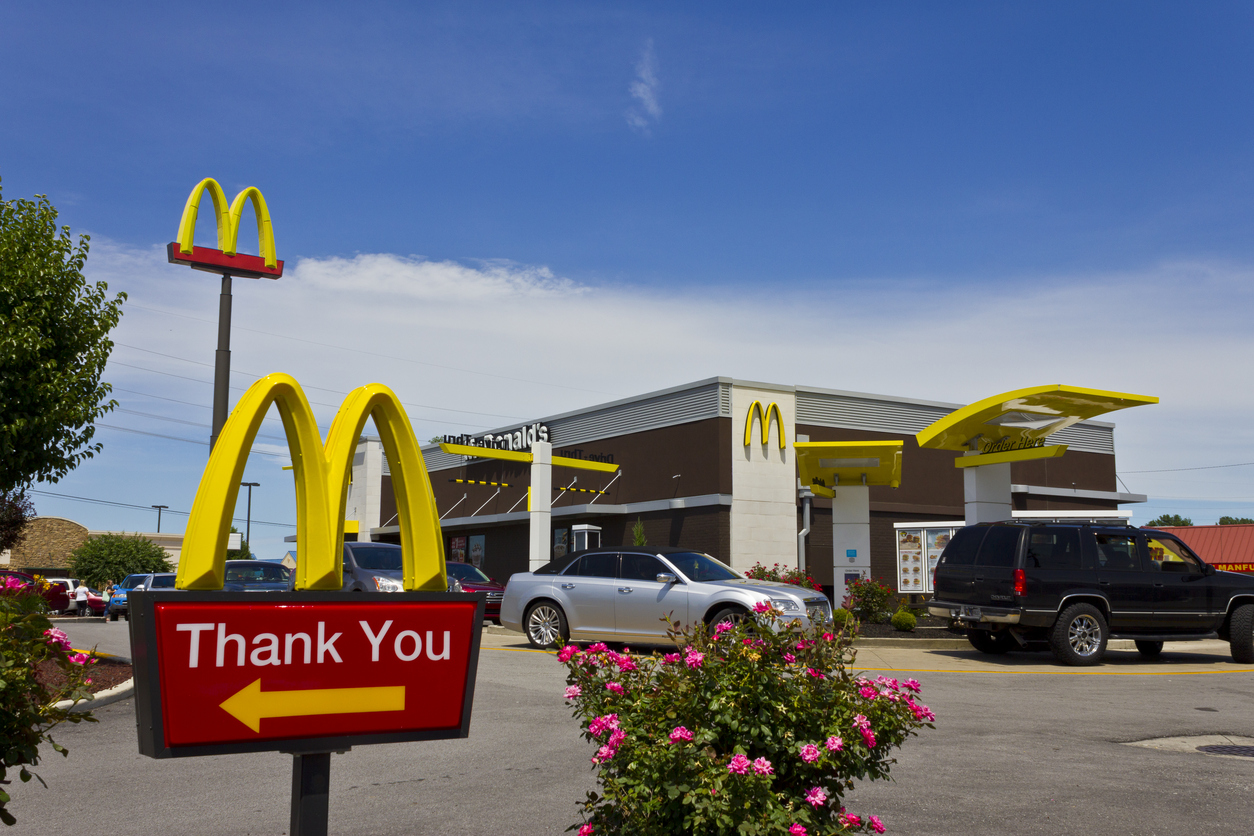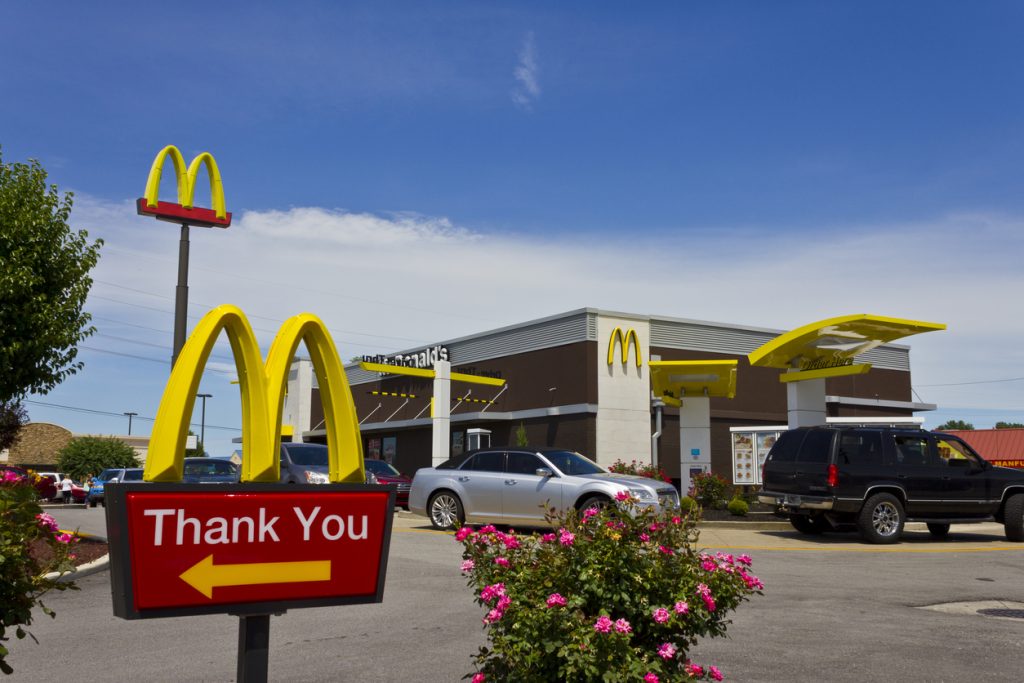COPING WITH CULTURAL CHANGE
It’s said that death and taxes are life’s only certainties, but we’d like to add shifting cultural attitudes to that list — after all, the things people embrace or reject change over time, often in unexpected ways. And even the most successful businesses need to be able to cope with these cultural tides if they want to continue to prosper.
One company that’s surfed the waves of cultural change with admirable aplomb is McDonald’s, the original fast food franchise and the world’s largest restaurant chain. While McDonald’s was born in the culture of the 1950s, it’s a great example of a company that has skillfully adapted to the public’s changing tastes over the years.
McDonald’s has maintained its reputation with customers by adjusting its menu and policies to keep pace with wider societal pressures. Some of these innovations were preemptive responses to changes in customer behavior. Looking back at how they met these challenges gives insight about how other companies can best adapt to and cope with cultural change.
No More Supersizing
2004 saw a cultural surge for healthy eating. Many people found themselves questioning what part, if any, fast food had in their diet. Spurred by the film Super Size Me, many found themselves moving away from junk food towards healthier options. McDonald’s — whose ‘Supersize’ meal option inspired the film’s title — was the target of criticism driven by this new awareness of healthier food, and they responded quickly.
That same year, McDonald’s eliminated the Supersize option off their menu. Furthermore, to demonstrate they were genuinely concerned about their customers’ health, they began to print nutritional information on their food containers. Formerly, customers needed to request the information from an employee or check the McDonald’s website. Now with this information more readily available, the public became more aware of foods containing trans-fats, a possible cause of obesity, heart disease, cancer, and other health problems. Not long after this increased ingredient visibility, McDonald’s eliminated trans-fats from their foods—including their famous French fries, perhaps their most popular menu item.
Of course McDonald’s movement towards healthier food didn’t end there: over the following years they increased the number and quality of their salads and moved towards more grilled chicken items, keeping pace with society’s increased health consciousness. But this trend toward health started with McDonald’s reaction to Super Size Me, a film which exposed the negative health consequences of their food with brutal effectiveness. We should applaud the film’s creator, Morgan Spurlock, for having a huge impact on American fast food, but we also must applaud McDonald’s for reacting as quickly as they did to changing public tastes.
Caffeinate Me
With the rising popularity of Starbucks and their growing numbers of locations in the early 2000s, McDonald’s saw an opportunity. While they already served coffee that was fairly well regarded, they saw the changing in the culture of coffee drinkers and took advantage of it by launching a line of “premium coffee” drinks christened McCafé in 2009. Again, McDonald’s was changing its menu to match an existing trend, ‘piggy-backing’ on the premium coffee trend that Starbucks was leading. Because it was a small investment with a large opportunity, serving premium coffees could get current customers to buy more from the menu, and it could win McDonald’s new customers.
The new focus on coffee was a success, and McDonald’s has continued to focus on its coffee offerings in the intervening years. Once again, they were able to ride the wave of public preference all the way to the bank. Not bad for a fast food burger chain.
Leading by Example
McDonald’s has a huge spotlight on it. When anything even slightly negative appears on their radar, McDonald’s has been able to respond quickly. They make it clear that they’re dealing with the issues and working to provide their customers with the best products and services. And when an opportunity presents itself that the company feels it can take advantage of — like the late 2000s coffee boom — they move quickly and aggressively to get ahead of the trend.
Changes in culture are important for businesses to read and understand. Missing these changes could mean lost opportunities. McDonald’s shows us an example of how negative and positive cultural changes can give businesses unique opportunities to grow. This is a lesson all companies can, and should, learn from.











